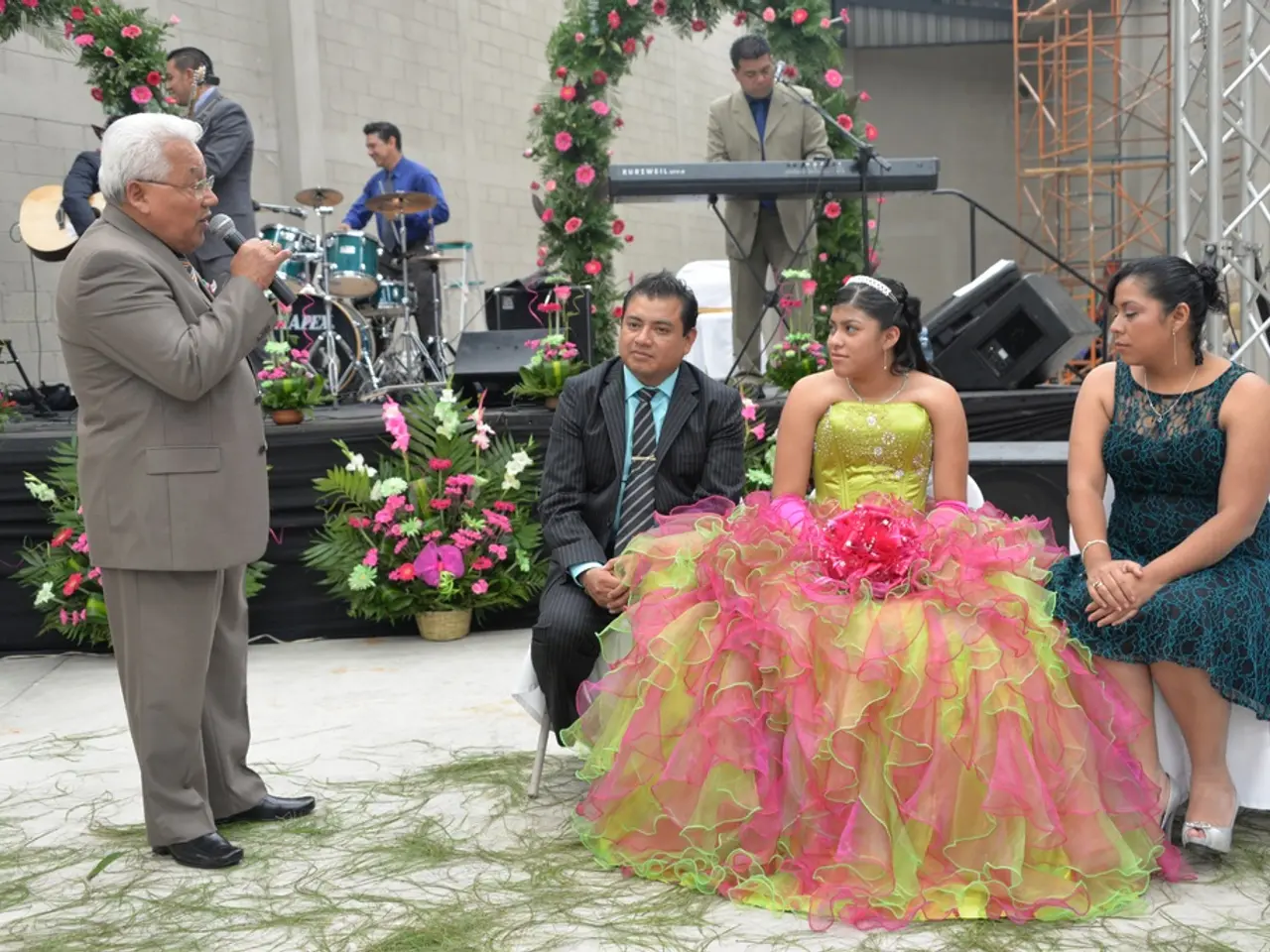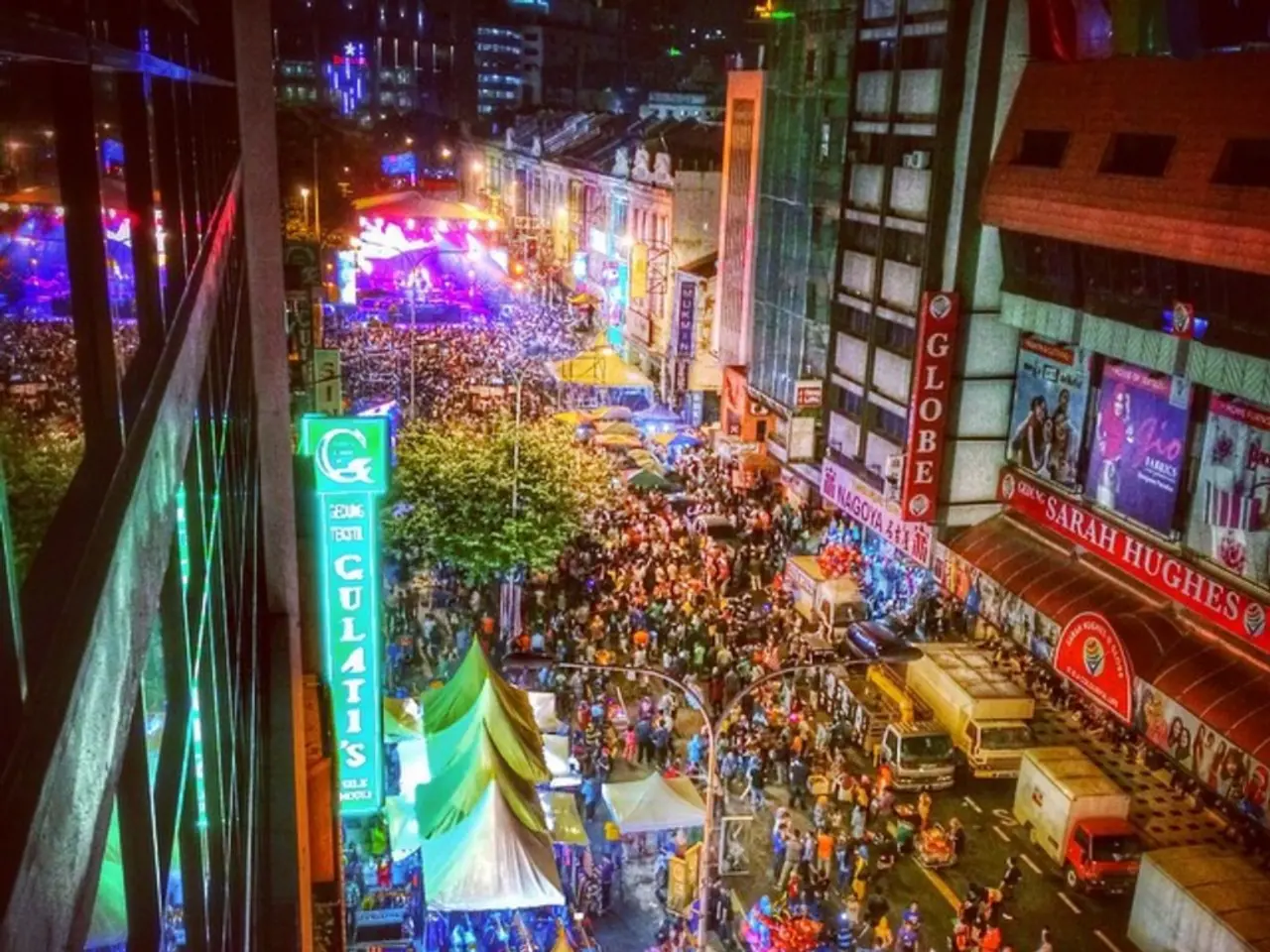Okwui Enwezor's Expansion of the Art World's Scope
In the world of contemporary art, the name Okwui Enwezor stands as a beacon of change, a pioneer who traced a pivotal time in art history from the turn of the 20th to the early 21st century. Born in Calabar, Nigeria, in 1963, Enwezor's influence was profound, reshaping the art landscape and challenging the Western art canon.
Enwezor's exhibitions, such as "The Short Century: Independence and Liberation Movements in Africa, 1945-1994," embedded art within larger, sometimes opposing currents of history, politics, and culture. His landmark projects, like Documenta 11 (2002) and his work with major global biennials and institutions, emphasized "thinking historically in the present," a method that integrated past cultural and political contexts into contemporary discourse.
Enwezor's curatorial practices positioned art as a form of knowledge production with social and political implications. He redefined curatorial practice by framing it as a critical intellectual and emancipatory project that challenges Eurocentric narratives and expands the scope of contemporary art to include histories, voices, and aesthetics traditionally marginalized or excluded.
At the Centre for Contemporary Art (CCA) in Lagos, which he founded, Enwezor created a critical hub for art in Nigeria and Africa, nurturing a new generation of artists and curators and reinforcing a non-Western locus of contemporary artistic innovation and scholarship.
Enwezor's thinking was antithetical to "suffocating enclosures," and he advocated for large-scale exhibitions and embodied a kind of "critical cosmopolitanism." His work has influenced many artists, curators, writers, and scholars, including Reneé Green, Mona Hatoum, Pierre Huyghe, Isaac Julien, Doris Salcedo, and Raqs Media Collective.
Enwezor's work often focused on cultural documents, particularly photography, and he organized exhibitions such as "Archive Fever: Uses of the Document in Contemporary Art" and "Rise and Fall of Apartheid: Photography and the Bureaucracy of Everyday Life." His writings provide a surgical analysis on how photographic culture fueled anti-apartheid protests.
Enwezor's work traced the way he expanded the canon alongside larger trends of the times, especially the globalization of the art world and the evolution of biennials. His editorial took aim at an art establishment resistant to substantive change, arguing against dichotomies such as "First/Third World, Center/Periphery, Black/White, and High/Low."
His perspective evolved from a more hopeful, sanguine view of a gathering world in the '90s into one that lucidly analyzes the crises of this new neoliberal era and the partly technological problem of "intense proximity" that prompted the rising authoritarianism and creeping nihilism of the 2010s.
Enwezor is widely known for his biennials, including Johannesburg (1997), Venice (2015), and especially his transformative Documenta 11 (2002), where he remapped the entire project into "five platforms" across four locations around the world.
Enwezor's work aimed to break art open to divergent perspectives and experiences, challenging the Western canon. A two-volume edition of his collected writings, numbering over a thousand pages, has recently been published.
Sadly, Enwezor passed away in 2019 due to illness. However, his legacy endures in the ongoing reconfiguration of contemporary art institutions, biennials, and curatorial practices worldwide. His vision reshaped how contemporary art is understood, curated, and experienced, shifting it from a Eurocentric, elite domain to a truly pluralistic and globally interconnected cultural field.
[1] Kwon, M. (2002). One Place After Another: Site-Specific Art and Locational Identity. MIT Press.
[2] Nwankwo, B. (2015). Okwui Enwezor: The Postcolonial Modernist. Routledge.
[3] Raab, J. (2019). Okwui Enwezor: A Critical Genealogy of the Global Contemporary. Routledge.
[4] Taylor, R. (2019). Okwui Enwezor: The Interventionist. MIT Press.
[5] Weibel, P. (2002). Documenta 11: The Book of Books. Hatje Cantz.
- Okwui Enwezor, a Nigerian art historian and curator, significantly influenced the contemporary art world, challenging the Western art canon and reshaping the art landscape.
- Enwezor embedded art within broader historical, political, and cultural contexts, emphasizing the role of curatorial practice as a critical, intellectual, and emancipatory project.
- He founded the Centre for Contemporary Art (CCA) in Lagos, nurturing a new generation of artists and curators, and establishing Nigeria and Africa as crucial loci for contemporary art innovation and scholarship.
- Enwezor's exhibitions, such as "Archive Fever: Uses of the Document in Contemporary Art," focused on cultural documents, particularly photography, analyzing their impact on historical events like anti-apartheid protests.
- His writings, now compiled in a two-volume edition, provide insightful analysis on various aspects of contemporary art, art history, and the global art world.
- Enwezor's landmark projects, like Documenta 11 (2002) and major biennials, emphasized the integration of past cultural and political contexts into contemporary discourse.
- Despite passing away in 2019, Enwezor's legacy endures, reshaping contemporary art institutions, biennials, and curatorial practices globally, making contemporary art a truly pluralistic and globally interconnected cultural field.







